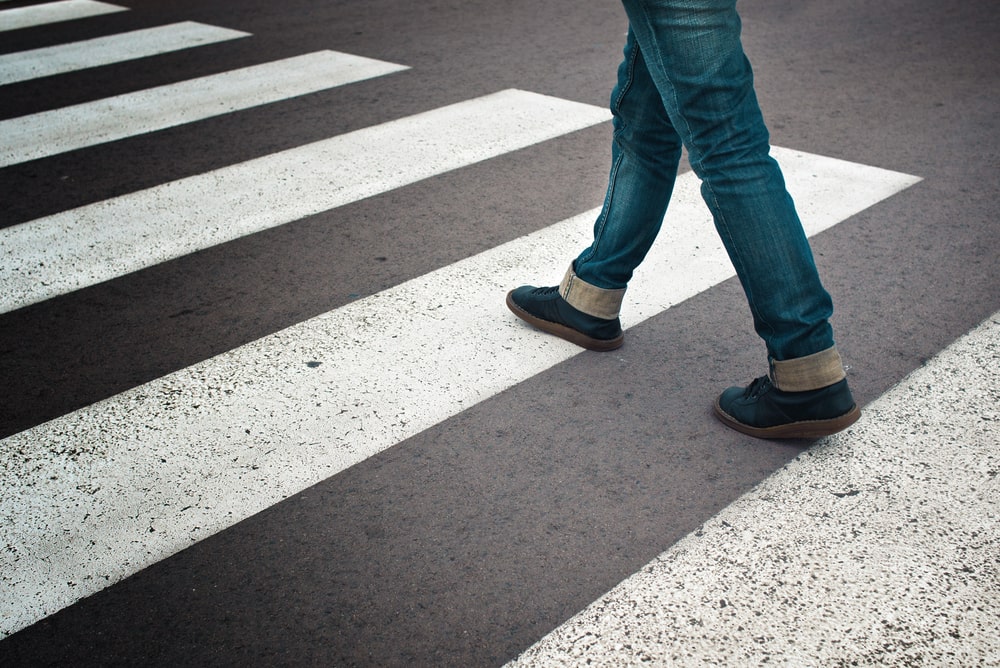Pedestrian safety is a critical issue that impacts communities worldwide. Despite efforts to improve the safety of our roads and sidewalks, accidents involving pedestrians remain a significant concern. Often, these incidents are surrounded by misunderstandings that can skew public perception and impact the effectiveness of safety measures. It is important to shed light on some common misconceptions regarding pedestrian accidents. Thankfully a skilled pedestrian accident lawyer can help. If you or a loved one have experienced a pedestrian accident, contact an attorney you can trust, like those at Council & Associates, LLC.
Unveiling The Truth About Who Is At Fault
A prevalent myth is that pedestrians are rarely at fault in accidents involving them. The reality is more nuanced. Both drivers and pedestrians have responsibilities to ensure safety. Laws and regulations are in place to guide behavior on roads and sidewalks, such as jaywalking ordinances and right-of-way laws. Pedestrians must adhere to these rules, just as drivers do. The blame for accidents can lie with either party, depending on the circumstances, such as ignoring traffic signals or engaging in distracted walking.
The Misunderstood Role Of Vehicle Speed
Another common belief is that the speed of a vehicle isn’t a major factor if a pedestrian is hit, suggesting that injuries can be just as severe at low speeds. However, research consistently shows that the speed at which a vehicle is traveling has a significant impact on the severity of injuries sustained by pedestrians. The faster a vehicle is moving, the less time the driver has to react and the more severe the impact. Lower speeds save lives, giving drivers more time to stop and reducing the force of impact.
Daylight Safety Assumption
Many assume that pedestrian accidents primarily occur at night, attributing risk to reduced visibility. While it’s true that nighttime poses additional risks, a substantial number of accidents happen during daylight hours. Distractions, failure to yield, and other factors contribute to daytime incidents. This misconception can lead to a false sense of security during the day, underlining the need for vigilance at all times.
The Myth Of Crosswalk Safety
Crosswalks are designed to provide a safe space for pedestrians to cross the street, leading to the belief that most accidents occur elsewhere. However, crosswalks can also be sites of accidents, particularly when drivers fail to yield or when pedestrians assume they are completely safe without checking for oncoming traffic. The presence of a crosswalk does not eliminate the need for caution and awareness from both drivers and pedestrians.
The Fallacy Of Driver Awareness
There’s a misconception that drivers are always aware of pedestrians and capable of stopping in time to prevent an accident. In reality, distractions, blind spots, and other factors can significantly impair a driver’s ability to notice pedestrians in time to avoid a collision. Pedestrians should not rely solely on the assumption that drivers can see them or will stop in time.
Understanding the realities behind pedestrian accidents is crucial for improving safety for everyone on the road. By dispelling these misconceptions, we can adopt more effective safety measures, encourage responsible behaviors among both drivers and pedestrians and work towards reducing the number of accidents. It is the responsibility of all road users to create a safer environment, requiring continuous effort, education, and cooperation. Let us all commit to being more aware and considerate on the road, for the well-being of our communities.

